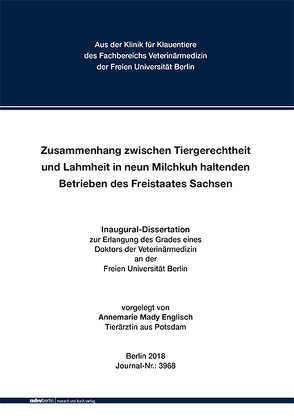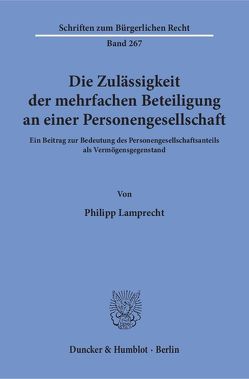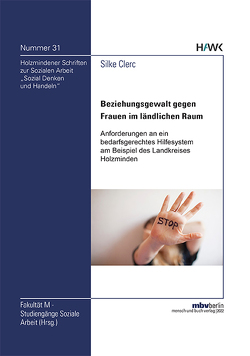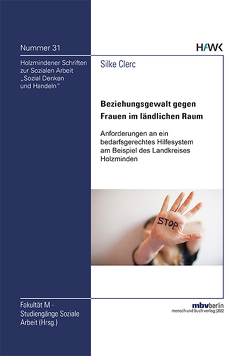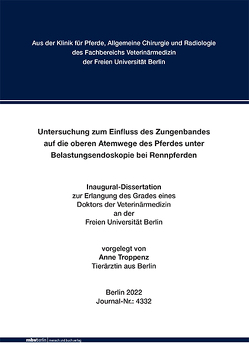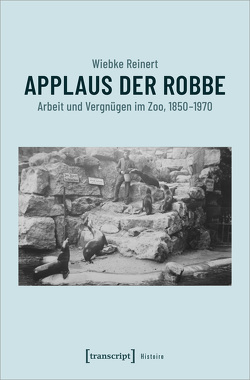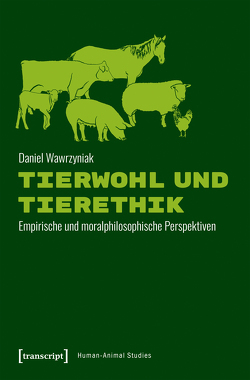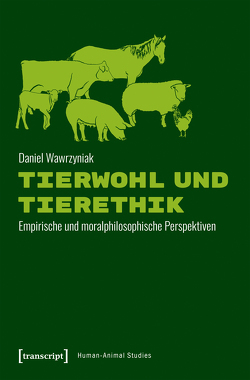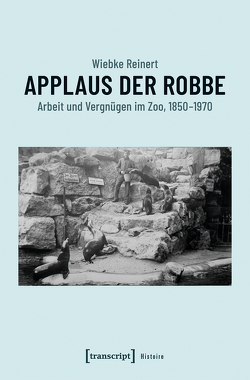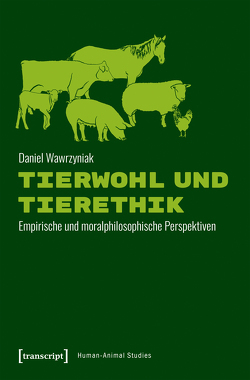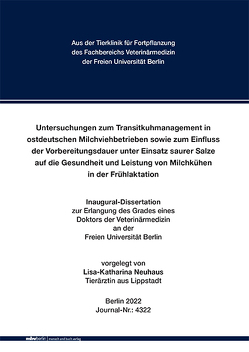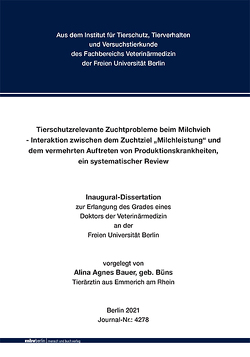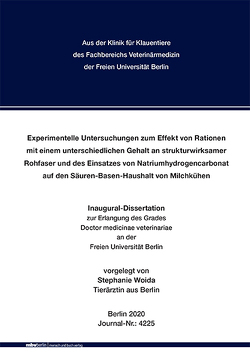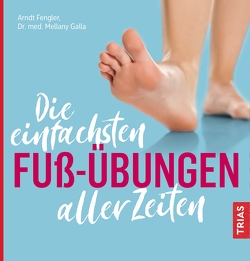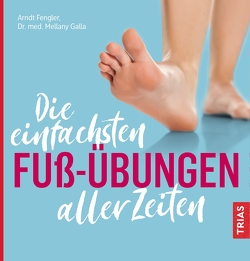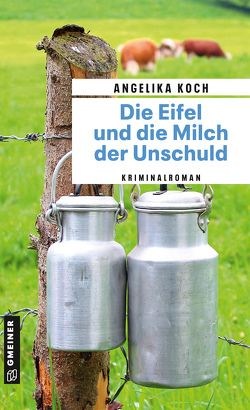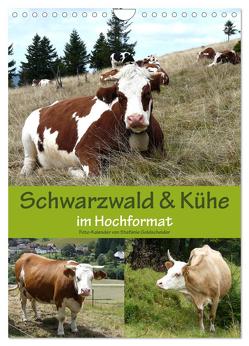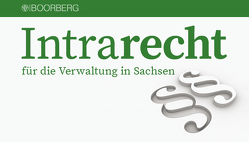Zusammenhang zwischen Tiergerechtheit und Lahmheit in neun Milchkuh haltenden Betrieben des Freistaates Sachsen
Annemarie Mady Englisch
Relation between animal suitability and lameness in nine dairy cow operations in Saxony, Germany
One of the major challenges regarding animal welfare and economics in modern dairy farming is the high lameness prevalence in dairy cow herds. This study aimed at identifying relations between animal suitability (housing and management conditions) and lameness in dairy cows. Based on the findings, evidence-based strategies to reduce the lameness prevalence were suggested. Furthermore, the identified risk indicators were used to develop a benchmarking system for lameness across farms. The proposed system shall serve as a feasible instrument to assess animal welfare and animal suitability within the framework of the farm’s internal control as required by the German Animal Welfare Act. 605 cows from 18 housing groups (fresh cows and high yielding) of nine conventional dairy farms across Saxony, Germany, were scored for locomotion according to the five-point-scale system of Sprecher et al. (1997) during the summer period of 2013. Cows with locomotion scores 3 and higher were classified as lame. The Animal Suitability Index (German Tiergerechtheitsindex) TGI 200/1994 by Sundrum et al. (1994) as well as other environmentally-based criteria and a questionnaire were used to assess animal suitability. Out of originally 119 variables, five variables were chosen by means of a four-stage selection procedure for the univariate and multivariate statistical modelling. The relation of these variables with lameness was tested in different three-level nested logistic regression models with cow as unit of analysis. The final model consisted of four variables: type of bedding in the cubicles, cleanliness of the lying surfaces, cubicle diagonal (distance from neck rail to rear curb), and type of floor in combination with the size of the traffic area per cow. Deep bedding in cubicles was non-significantly associated with lower lameness-odds compared to rubber mats. Lying surface cleanliness scores of 3 (moderate) and 4 (clean) were associated with a significantly lower lameness risk than a cleanliness score of 2 (intermediate). When the cubicle diagonal was between 195 and 200 cm, there was a lower tendency (non-significant) for lameness than for shorter or longer cubicle diagonals. Lameness was less frequent among cows that walked on floors that were partly or completely covered by rubber mats compared to cows that walked on hard floors (concrete or asphalt). This association was significant in combination with a traffic area between 2.12 and 3.21 m² per cow. In combination with a traffic area of 4.08 to 6.90 m², there was only a non-significant tendency for no lameness. Based on these results, exemplary strategies to improve animal suitability have been suggested which can help to reduce lameness prevalence.
This study combines scores of an index system, which is used for animal welfare assessment on organic farms in Germany, and other environmentally-based and management-based indicators for animal suitability in a risk analysis for lameness. The developed system can be used for the farm’s internal control as required by the German Animal Welfare Act. At the same time, it serves as a benchmarking tool for dairy farms and offers evidence-based approaches for the prevention of lameness. Further research is necessary to validate the suggested risk indicators in longitudinal studies. In addition, it should be tested in long-term interventional studies whether benchmarking and continuous follow-up can help to improve animal suitability and reduce the prevalence of lameness in dairy farms.
